A designer is a person who creates the link between the consumer and the product: it is his job to translate the language of art into the language of commerce
In a world where most product makers line up their products that function equally well, visual appeal becomes the single most important decision point for consumers. The subtle ways in which a product connects with the consumer through its personality are inexplicable in words. In the entire long event of planning a product to its mass manufacture, the role of designer is also that of a brand stylist. The designer is the person who initially creates the emotional connection between the consumer and the product in its engineered reality.
The true purpose of ‘Industrial Design’ is to maximize sales implied Raymond Loewy when he said, “the most beautiful curve is the rising sales graph”. Loewy, a French engineer who spent most of his active design career in the United States is known as the man who laid the foundation of industrial design discipline in the 1920s and demonstrated its impact on business throughout his illustrious career spanning over six decades, designing everything from home appliances, cigarette packaging, logos for oil companies to locomotives and automobiles.
In the book ‘Industrial Design’, Loewy notes, “Success finally came when we were able to convince some creative men that good appearance was a salable commodity, that it often cut costs, enhanced a product’s prestige, raised corporate profits, benefited the customer and increased employment.”
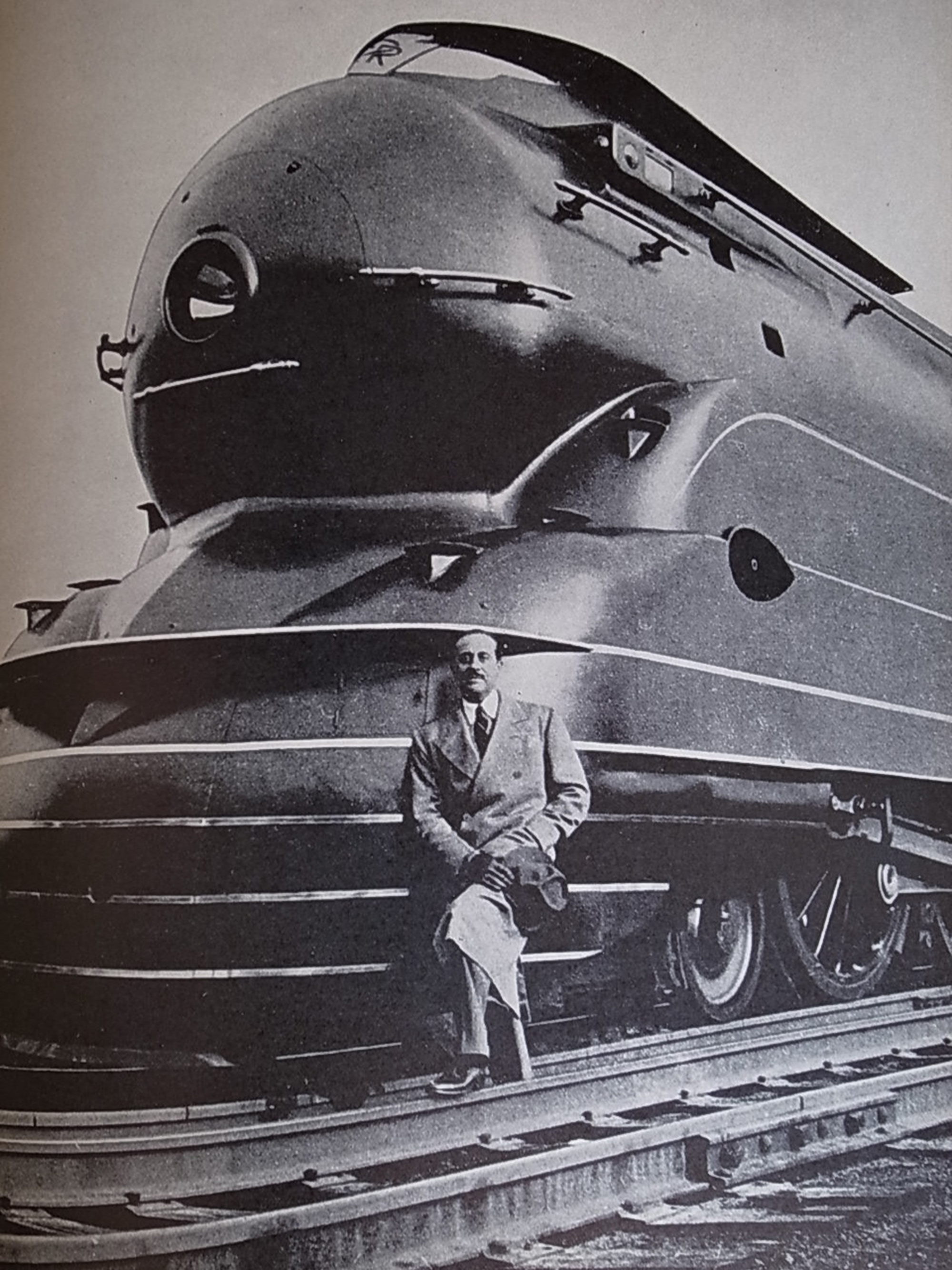
Industrial designers are increasingly working in complex business scenarios that involve understanding people and culture. Hartmut Esslinger who established Frog Design in1970 subsequently went on to design game changing product lines for two of the most important consumer electronics brands, Sony and Apple. In fact, Hartmut was the first one who made Apple design popular even amongst designers. With no moving ‘functional’ parts inside the computers and television sets, developing a language for products was purely a matter of emotional connect with the consumer. Hartmut came up with the now popular quote ‘form follows emotion’ to challenge the well-established and rationalist notion of ‘form follows function’.
Over the years, automobile industry has put in gigantic effort in understanding what shapes mean to people and how these complex and sculptural shapes can be engineered accurately. One of the most controversial and best known car designers, Chris Bangle, Chief of Design for the BMW group between 1992 and 2008 was instrumental in developing the revolutionary new brand language for BMW cars through unique sculptural shape treatment. Bangle looked at his job as a ‘manager at the intersection of art and commerce, translating the language of art into the language of commerce’. He helped BMW articulate a brand vision of techno- logical excellence through an aesthetic that resonated with consumers across the world.
We the people, with our value systems and beliefs form this vast marketplace for mass manufactured objects. It is indeed a complicated endeavor to decipher how our purchase decisions will take place from this completely emotional perspective. That has put the profession of industrial design in the forefront of business. Most successful and innovative organizations have demonstrated their transformation through design and used it to maximize profit in a manner that is responsible.
-
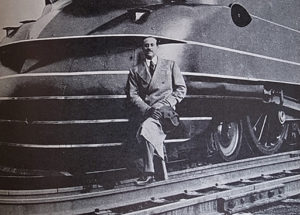
Loewy on the S-1 steam locomotive. He and other designers defined the new language of design for post-war industrial products.
-
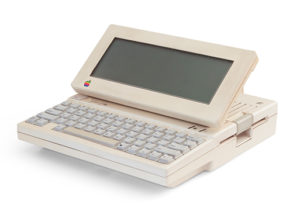
The Apple IIc computer, 1984. Hartmut was inspired by the geometric sand paintings of the Navajo, and the art of the Aztecs.
-
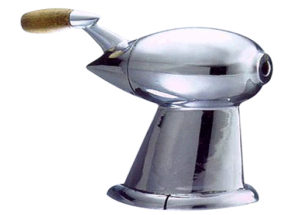
Loewy’s classic design of a pencil sharpener (1933). The objects he designed encased functional elements in forms that symbolized hope and dynamism and all that industrial progress stood for.
-
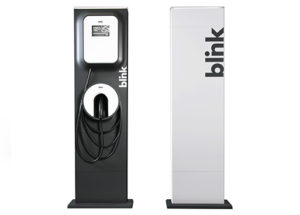
The Blink electric car charger by ECOtality. Its ‘energy in black and white’ puts to rest the ‘range anxiety’ drivers experience on the move.
-
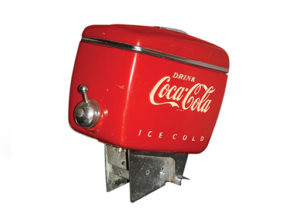
1947 Dole Deluxe fountain dispenser by Loewy has a modern look and was also designed to pour more servings per gallon and increase profitability.
-
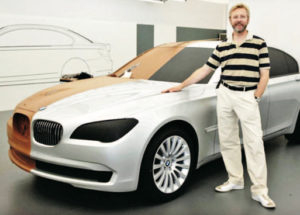
Chris Bangle, who was head of design at BMW, is among the more controversial car designers.
